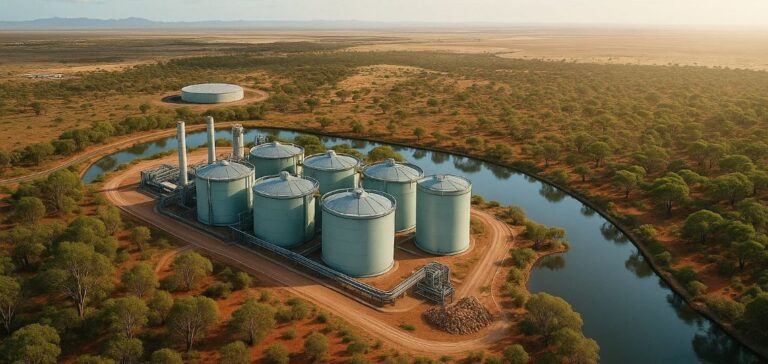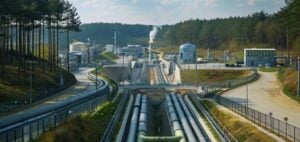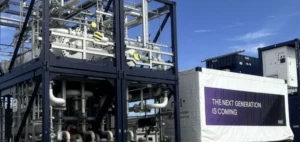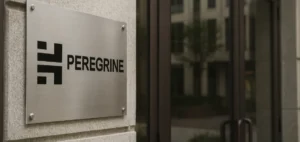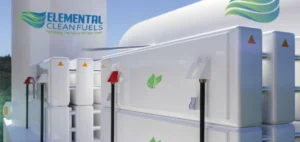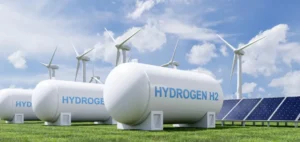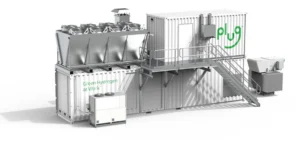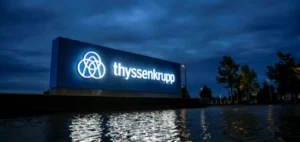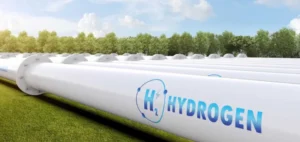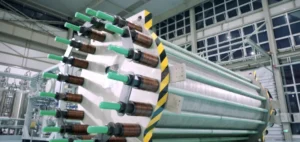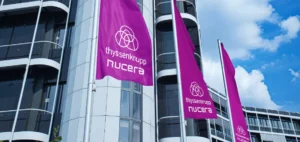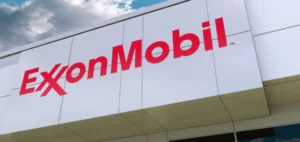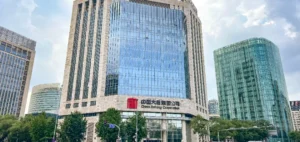Energy consultancy Xodus has secured over 16,000 hectares of land in the Mid-West region of Western Australia to develop a large-scale green hydrogen and ammonia project. The allocation, located in the Oakajee Strategic Industrial Area (SIA), was granted by the Government of Western Australia to support the advancement of a commercial development under the Warradarge Energy banner.
Initially announced in 2022 under the name Project MercurHy, the development will proceed in two phases. The first phase will focus on domestic hydrogen supply aimed at decarbonising the mining and heavy transport sectors. The second phase envisions ammonia production for export from the Oakajee site.
Infrastructure agreements and industrial partnerships
Xodus is currently negotiating power supply agreements with an existing wind farm and has already secured offtake partners for future production. The project benefits from competitively priced behind-the-meter renewable power and is expected to achieve high utilisation rates. The company is planning scalable infrastructure in collaboration with industrial stakeholders and landowners.
Simon Allison, Vice President Asia Pacific at Xodus and Strategic Advisory Board Member of Warradarge Energy, stated that the group had delivered “feasibility, initial design, approvals, and integration of renewable energy sources” as part of the project.
Tax incentives and economic outlook
The Australian Government is supporting the sector through the Hydrogen Production Tax Incentive (HPTI), which will offer $2 per kilogram of renewable hydrogen produced between 1 July 2027 and 30 June 2040. This incentive aligns with a broader strategy to position the country among the leading global producers, with the clean hydrogen market currently valued at over $225bn.
Stephen Archer, Chief Executive Officer of Warradarge Energy, noted that this type of project “bridges the gap between today’s demonstration facilities and tomorrow’s gigawatt-scale developments,” by accelerating the supply chain while reducing technical risks and lowering costs.


